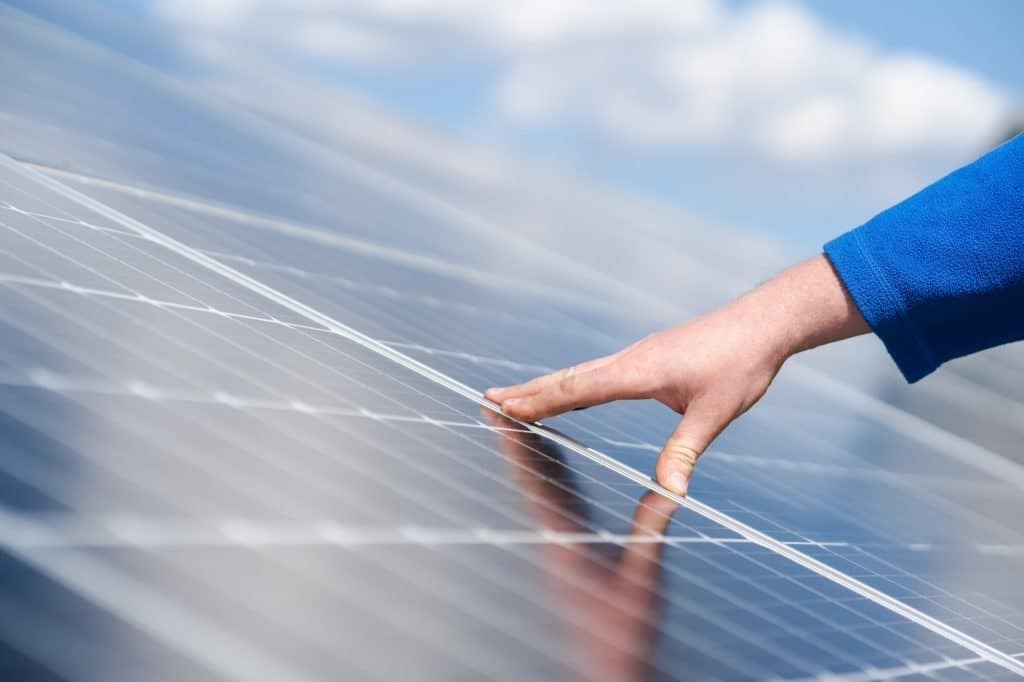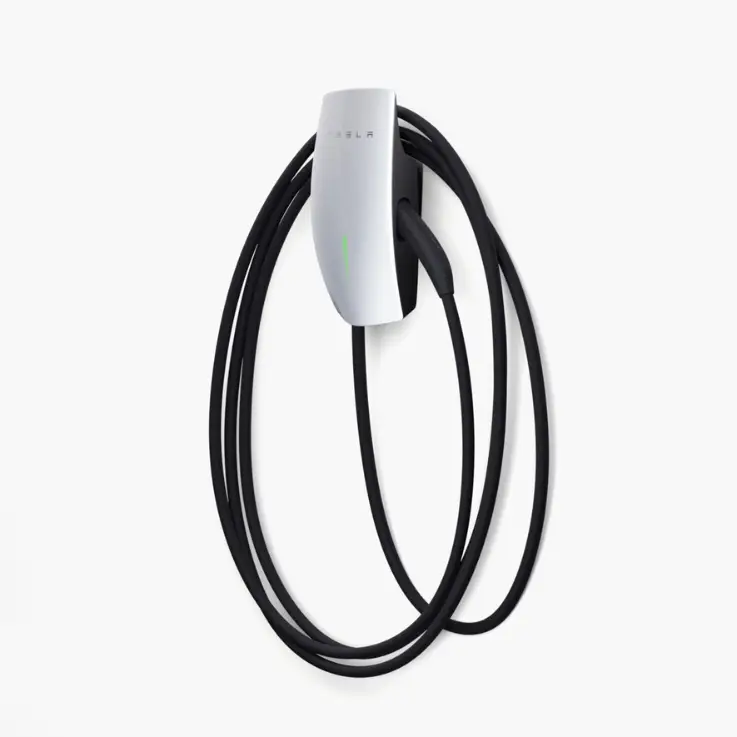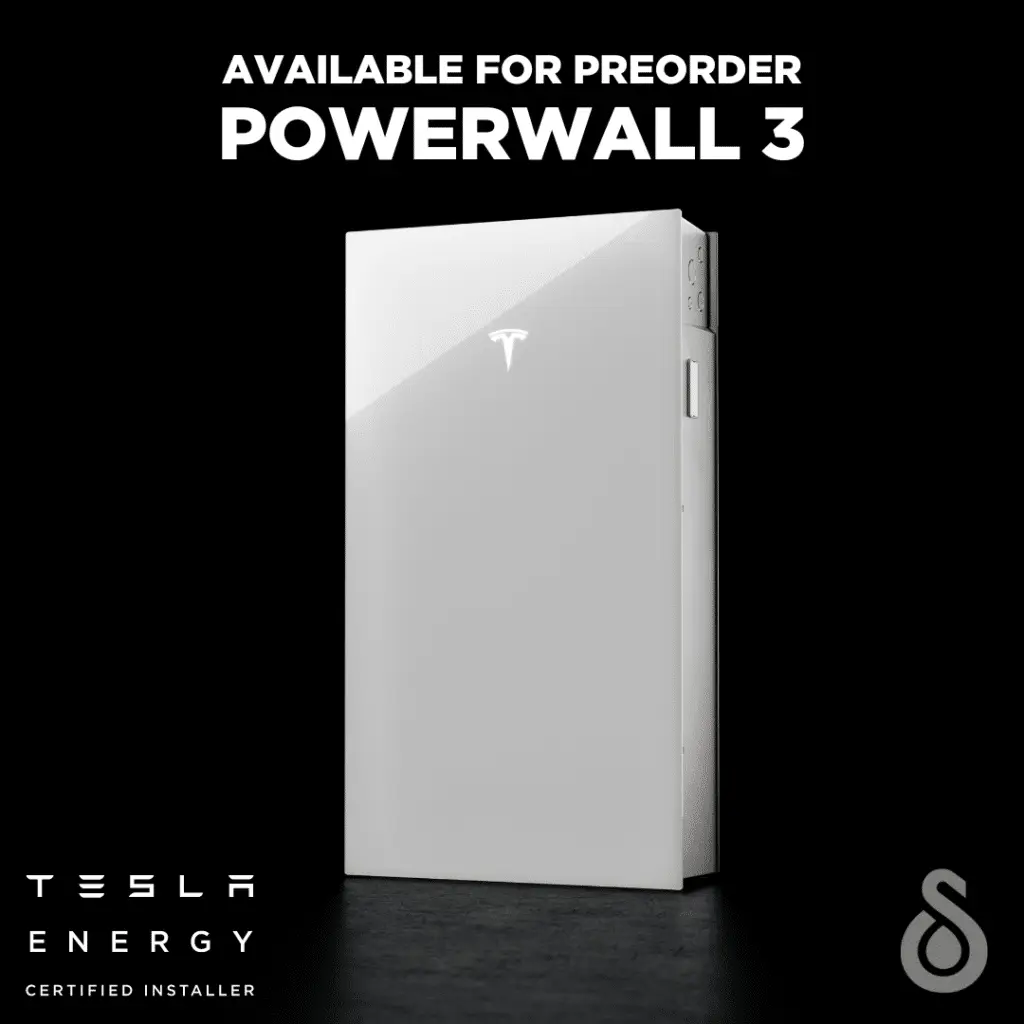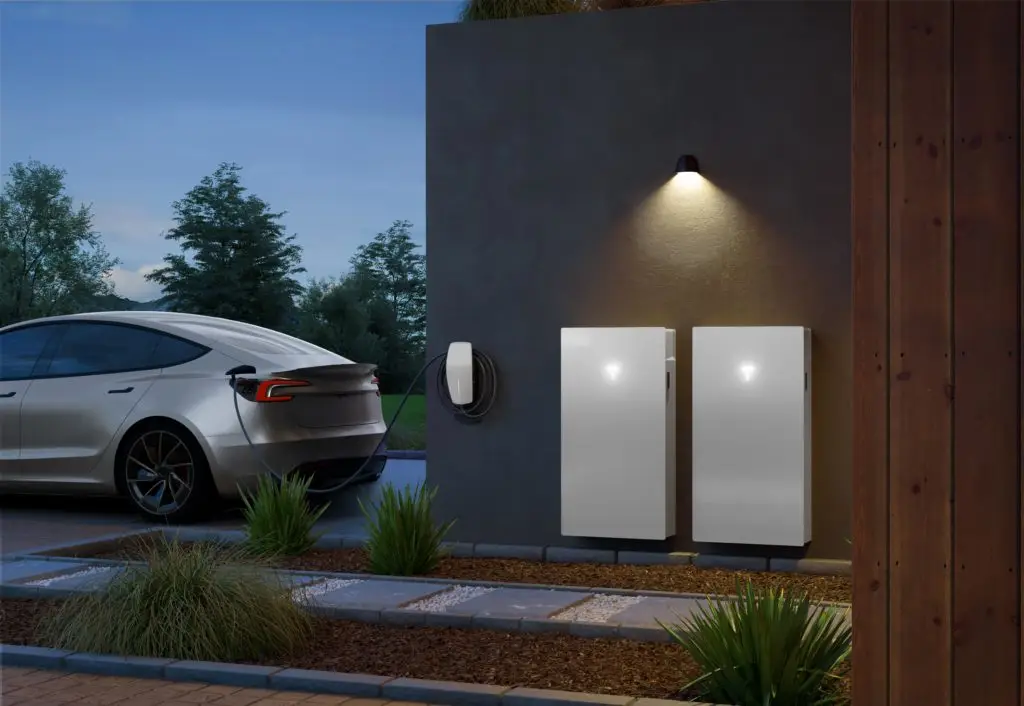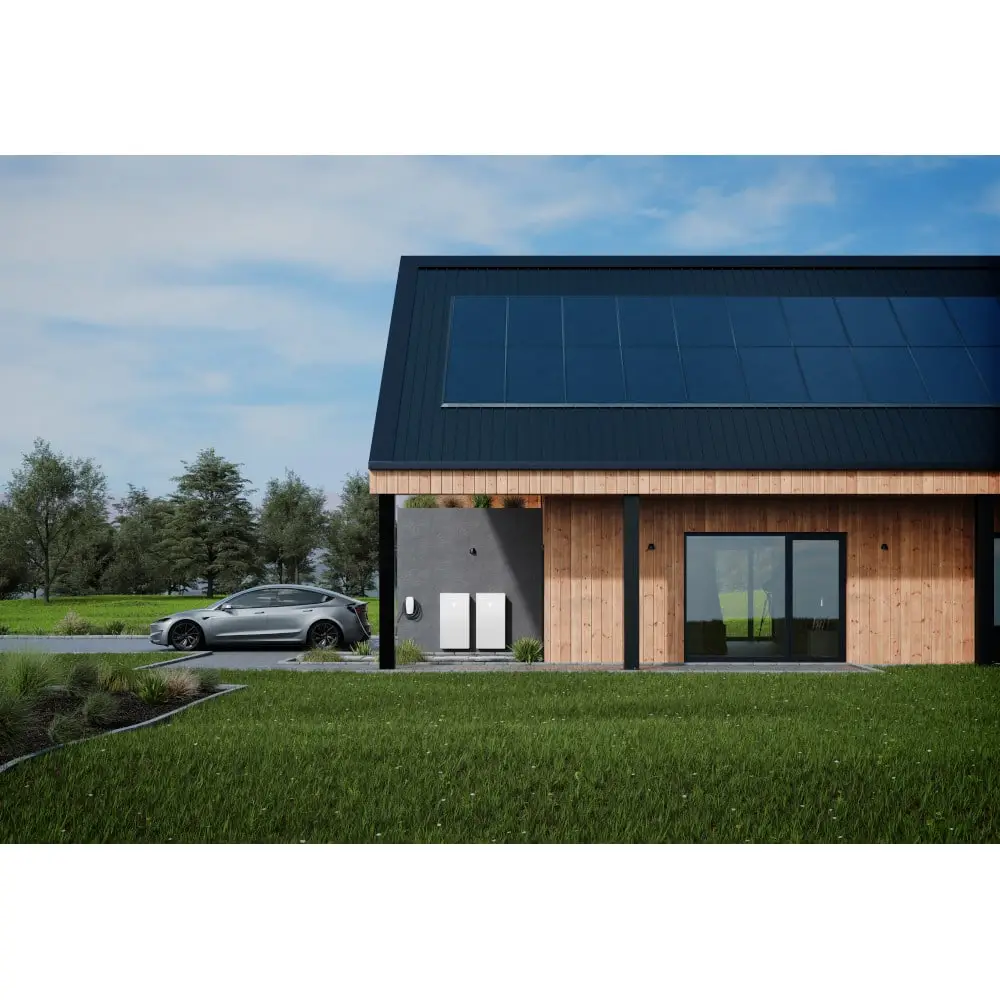According to a recent study, the world’s energy consumption is expected to increase by 28% by 2040. With the looming threat of climate change and the pressing need to reduce our dependence on fossil fuels, it is high time we turn towards more sustainable energy sources. Solar panels have emerged as a promising solution to this challenge, providing a clean, renewable, and cost-effective alternative to traditional energy sources.
In this article, we provide a complete guide to solar panels, exploring their benefits, workings, installation process, and maintenance. Embark on this trailblazing expedition towards a prosperous future driven by the sun’s rays.
Shedding Light on Solar Panels: Understanding the Basics
What are solar panels and how do they work?
Solar panels are devices that convert sunlight into electricity. They are made up of multiple photovoltaic cells, which are responsible for converting sunlight into electrical energy. When the sun’s rays hit the cells, they create an electric field, allowing electrons to flow and generate direct current (DC) electricity.
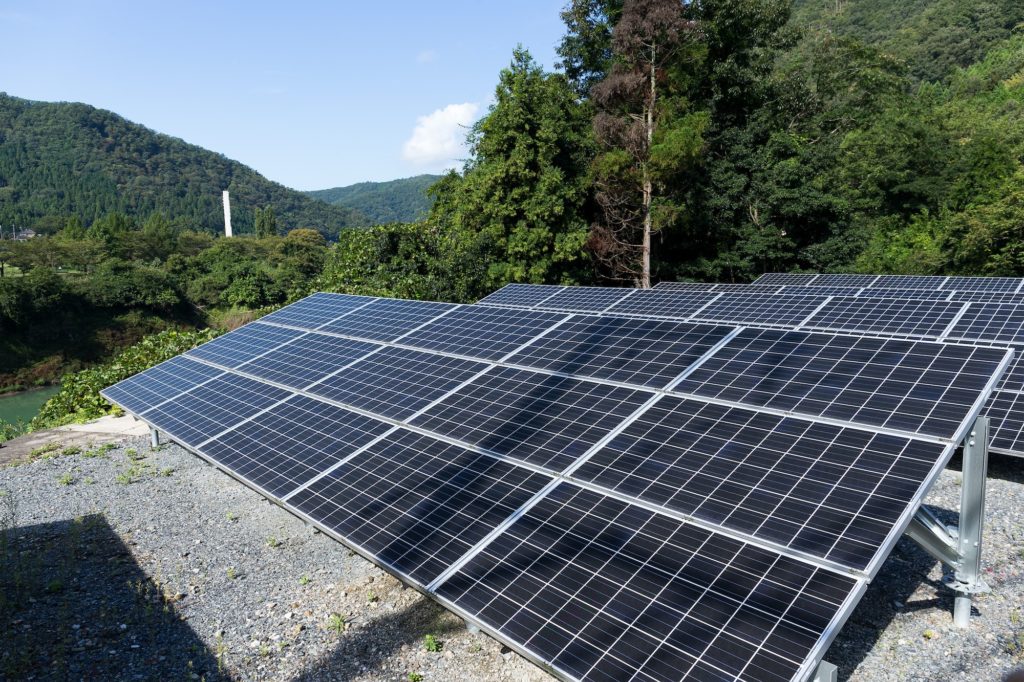
This electricity is then sent to an inverter, which converts it into alternating current (AC) electricity that can be used to power homes and businesses. Solar panels are becoming an increasingly popular choice for renewable energy as they provide a clean and sustainable source of energy while reducing the reliance on traditional energy sources like coal and oil.
Types Of Solar Panels
There are two main types of solar panels: monocrystalline and polycrystalline.
- Monocrystalline solar panels are made up of single-crystal silicon, which is a highly pure form of silicon. The manufacturing process involves melting the silicon and then letting it cool and solidify into a single crystal. This process produces a uniform and consistent crystal lattice structure, which results in a higher efficiency rate compared to other types of solar panels.
- Polycrystalline solar panels are a type of solar panel that is made from multiple crystals of silicon. They are created by melting raw silicon and then pouring it into a square mould to cool and harden. The resulting material is then cut into wafers and assembled into solar cells.
In terms of performance and efficiency, polycrystalline solar panels are slightly less efficient than monocrystalline solar panels. However, they do tend to be cheaper due to the simpler manufacturing process.
Factors Affecting The Performance Of Solar Panels
The performance of solar panels can be affected by several factors, and understanding these factors is crucial in maximising the efficiency of your solar panels.
By switching to solar energy, you are not only doing your part for the environment, but you are also making a sound financial decision.
Some of the key factors that can impact the performance of solar panels include:
- Location: The amount of sunlight your solar panels receive is determined by your location, as some areas receive more sunlight than others. Factors such as latitude, altitude, and weather conditions can all impact the amount of sunlight your solar panels receive, and therefore affect their performance.
- Temperature: Solar panels work best in cool temperatures, and overly high temperatures can negatively impact their efficiency. When solar panels get too hot, their performance can decrease, so it’s important to choose a location that allows for adequate ventilation and airflow to keep them cool.
- Shading: Shade can significantly impact the performance of solar panels, as even a small amount of shade can greatly reduce the amount of sunlight that reaches the panels. It’s important to choose a location that is free from shading or to use shading analysis tools to determine the best placement for your panels.
- Orientation and angle: The orientation and angle of your solar panels can also impact their performance. In general, solar panels should be oriented towards the south (in the northern hemisphere) and tilted at an angle equal to your latitude to maximise the amount of sunlight they receive.
- Panel quality: The quality of your solar panels can also impact their performance, as higher-quality panels tend to be more efficient and have a longer lifespan. It’s important to choose a reputable manufacturer and installer to ensure that your panels are of high quality.
By carefully considering these essential elements, you can guarantee that your solar panels are effectively maximising energy savings and performing at their peak.
Typical Steps Involved In The Solar Panel Installation Process

When installing solar panels, it’s important to be aware of the typical steps involved in the installation process. This includes:
1. Site assessment – An initial site assessment will help determine the best location for your solar panels based on factors such as orientation, shading, and access to sunlight.
2. Design and install – After a suitable location has been determined, the solar panels can be designed and installed.
3. Connect to the power grid – Once your solar panels are installed, they must be connected to the power grid in order for them to start generating electricity.
4. Maintenance and monitoring – After installation, it’s important to regularly monitor your solar panels and make any necessary repairs or maintenance to ensure they continue to perform efficiently.
Maintenance And Care Of Solar Panels
Imagine the perfect solar panel installation: it is set up in an ideal location, receiving all the sunshine and energy it needs to generate electricity. But even with this ideal setup, your solar panels will still require regular maintenance and care to ensure they are performing at their peak efficiency.
Here are a few tips on how to properly maintain and care for your solar panels:
- Regular cleaning and inspection: It is essential to clean your solar panels regularly to remove any dirt, debris, or bird droppings that may accumulate on them. A dirty panel can reduce energy output by up to 25%. Inspect your solar panels at least twice a year to ensure that they are functioning correctly.
- Avoid shade: It is crucial to ensure that your solar panels are not shaded by nearby trees, buildings, or other obstructions. Shade can significantly reduce energy output and damage the solar cells.
- Monitor performance: Keep an eye on your solar panel’s performance regularly. You can do this by checking your energy bill or using a monitoring system that tracks your solar panel’s performance. If you notice any significant decrease in energy output, it may indicate a problem that requires attention.
- Maintenance by a professional: It is recommended to have your solar panel system checked by a professional every 1-2 years. A professional can inspect the wiring, inverters, and other components of the system to ensure everything is working correctly.
- Safety precautions: When cleaning or maintaining your solar panels, it is essential to take safety precautions to avoid accidents. Turn off the system and ensure that you wear proper safety gear, such as gloves and goggles.
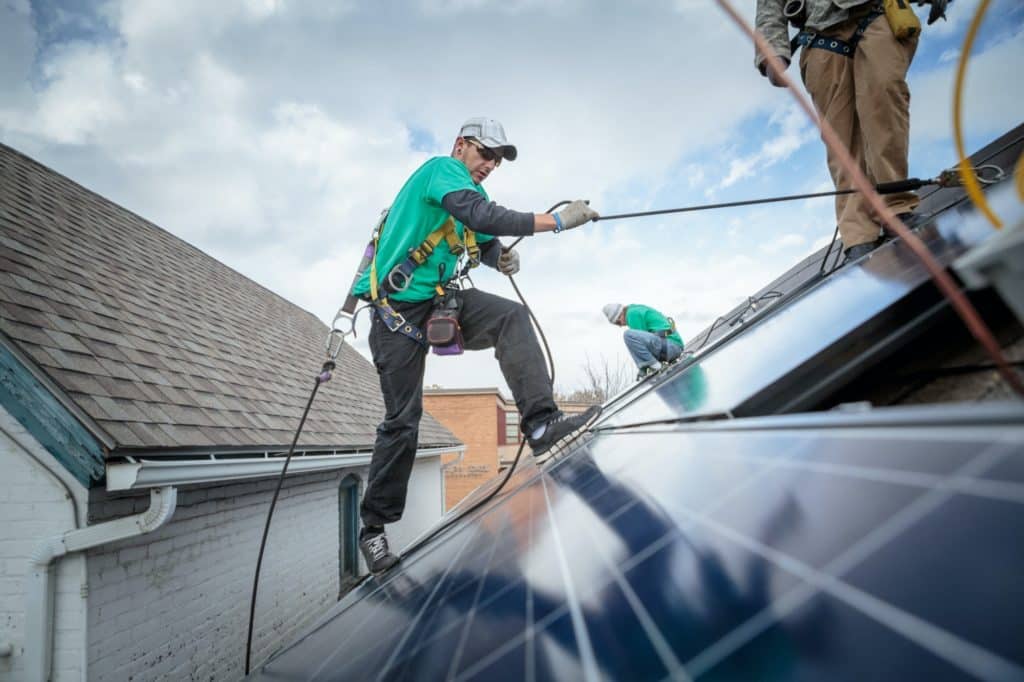
Conclusion
Warren Buffet once said, “Someone is sitting in the shade today because someone planted a tree a long time ago.” This quote speaks to the importance of being wise financially, and investing in solar panels is an excellent way to plant that tree. By switching to solar energy, you are not only doing your part for the environment, but you are also making a sound financial decision.
Contact our expert team at Solahart and jump-start your journey toward energy independence today!

